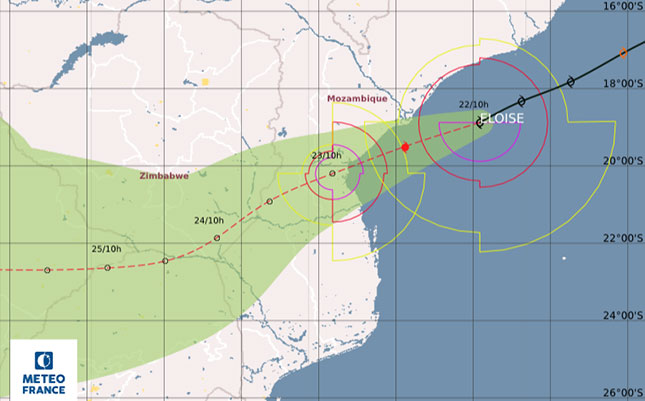Globally, renewable energy (RE) is expected to increase by 40% in the next five years. In SA it is expected to treble. “Renewables are now the fastest-growing power generation sector, and will make up almost 25% of the global power mix by 2018,” the International Energy Agency (IEA) said in its latest Medium-Term Renewable Energy Market Report (MTRMR).
“By 2016, power generation from hydro, wind, solar and other renewable sources worldwide, will exceed that from gas and be twice that of nuclear power. The share of non-hydro sources, such as wind, solar, bioenergy and geothermal, will double to 8% of total power generation by 2018.” In South Africa, RE capacity is expected to expand significantly from 2,4GW in 2012 to 7,6GW by 2018. This expanded capacity will be necessary to meet the strong growth in electricity demand, increased need for diversification away from coal power, and the Department of Energy’s Renewable Energy Independent Power Producer Programme (REIPPP).
In terms of the Department of Energy’s 2010 Integrated Resource Plan (IRP) for electricity, wind energy should increase to 9,2GW by 2030. This would provide 10% of total power capacity, while solar photovoltaic (PV) systems would rise to 8,4GW (9,4% of capacity), and concentrated solar power (CSP) would make up 1,2GW or 1,3% of capacity. The IRP makes little provision for the use of gas in power generation in the near future.
Eskom currently generates about 95% of SA’s electricity and also imports and exports regionally. Almost 90% of all power is generated from coal, with the remainder generated from nuclear and hydro/ pumped storage. Eskom aims to decrease the share of coal in the electricity mix to 70% by 2025 by increasing the installed capacity of renewable energy and nuclear power. Currently, the contribution of wind and solar energy is negligible, according to the MTRMR report.
Although financing of RE deployment is a challenge, the MTRMR report noted that REIPPP had attracted significant investment. Standard Bank allocated R27 billion and the Development Bank of South Africa approved R9,6 billion for new RE projects. International financial institutions had also agreed to provide low-interest financing. IEA executive director, Maria van der Hoeven, warned that policy uncertainty was a major stumbling block for investors across the globe.
“Many renewables no longer require high economic incentives. But they do still need long-term policies that provide a predictable and reliable market, as well as a regulatory framework compatible with societal goals,” she said. Certain market enhancements could increase the cumulative capacity of wind power, solar PV systems and CSP in South Africa.
“Faster grid connections, cost reductions and improved financing could improve the outlook in all these areas by improving project delivery. Encouraging greater solar PV use for self-consumption, could also spur the development of greater small-scale capacity,” the report said.
Until these factors are in place, a supply shortage continues to assist the move to RE. Eskom’s current generation capacity is approximately 40 000MW but margins are tight, with demand surpassing supply at times. With electricity generation capacity hampered by unplanned factors such as downtime for maintenance, Eskom has appealed to South Africans to cut electricity usage by 10%.
Agri SA president Johannes Möller encouraged farmers to make use of Eskom’s time-of-use tariff options, and not to use electricity during peak times, where possible. Earlier this year, the National Energy Regulator of SA slashed Eskom’s annual price increase application from 16% to 8%, for the next five years.
An OECD 2013 economic survey of SA said despite the sharp rises in electricity prices since 2008, SA still has among the lowest prices internationally. A 2013 price survey of international electricity and natural gas, conducted by NUS Consulting Group, pegged SA’s electricity as the 15th most expensive out of 18 countries surveyed. However, SA’s natural gas was the most expensive of all the countries surveyed.
“The continuous increase in the price of energy not only hurts South African households but also places significant constraints on economic growth and job creation,” said David Ross, DA shadow deputy minister of energy. The Cape Chamber of Commerce and Industry said the economy and energy security would be enhanced through a mix of energy sources.
“Unless we introduce competition into the electricity industry, tariffs will continue to rise at an unacceptable rate, with negative consequences for the whole economy.”












